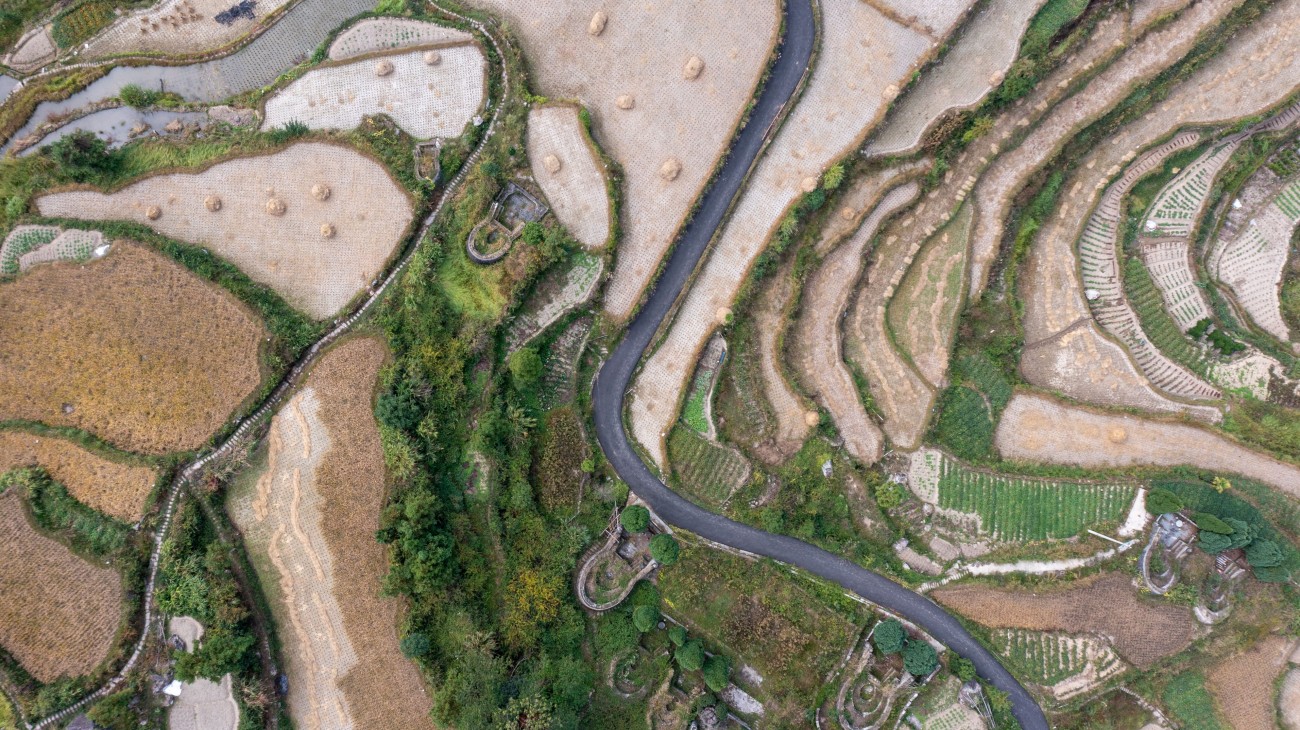Countries have already promised to restore 1 billion hectares – an area larger than China – as part of international climate, nature, and land goals. However, little is known about the progress or quality of this restoration. With the World Restoration Flagships, the UN is honouring the best examples of large-scale and long-term ecosystem restoration in any country or region, embodying the 10 Restoration Principles of the UN Decade.
Get inspired and join #GenerationRestoration.
Acción Andina
Argentina, Bolivia, Chile, Ecuador, Perú |Acción Andina is protecting a critical ecosystem and championing community-led restoration of nature.
African Farmers Transforming Food Systems
Mali, Senegal, Tanzania, Uganda, Kenya |Trees for the Future assists hundreds of thousands of smallholder farmers in several African countries – from Senegal to Tanzania - to fight soil degradation, biodiversity loss and climate change.
Living Indus
Pakistan |Efforts by local communities and civil society groups to protect and restore Pakistan’s Indus Basin.
Mangrove Regeneration in Sri Lanka
Sri Lanka |A large-scale initiative to increase mangrove cover across Sri Lanka by more than 50 per cent.
Regreening Africa
Ethiopia, Ghana, Kenya, Mali, Niger, Rwanda, Senegal, Somalia |Regreening Africa is expected to bring 5 million hectares under restoration by 2030, boosting biodiversity and supporting local communities.
Restoring Mediterranean Forests
Lebanon, Morocco, Tunisia, Türkiye |Vast areas of degraded forests along the Mediterranean have been restored since 2017 as part of the Restoring Mediterranean Forests initiative.
Terai Arc Landscape
Nepal |Local communities that teamed up with government and civil society groups to protect and restore 66,800 hectares of forest in Nepal







